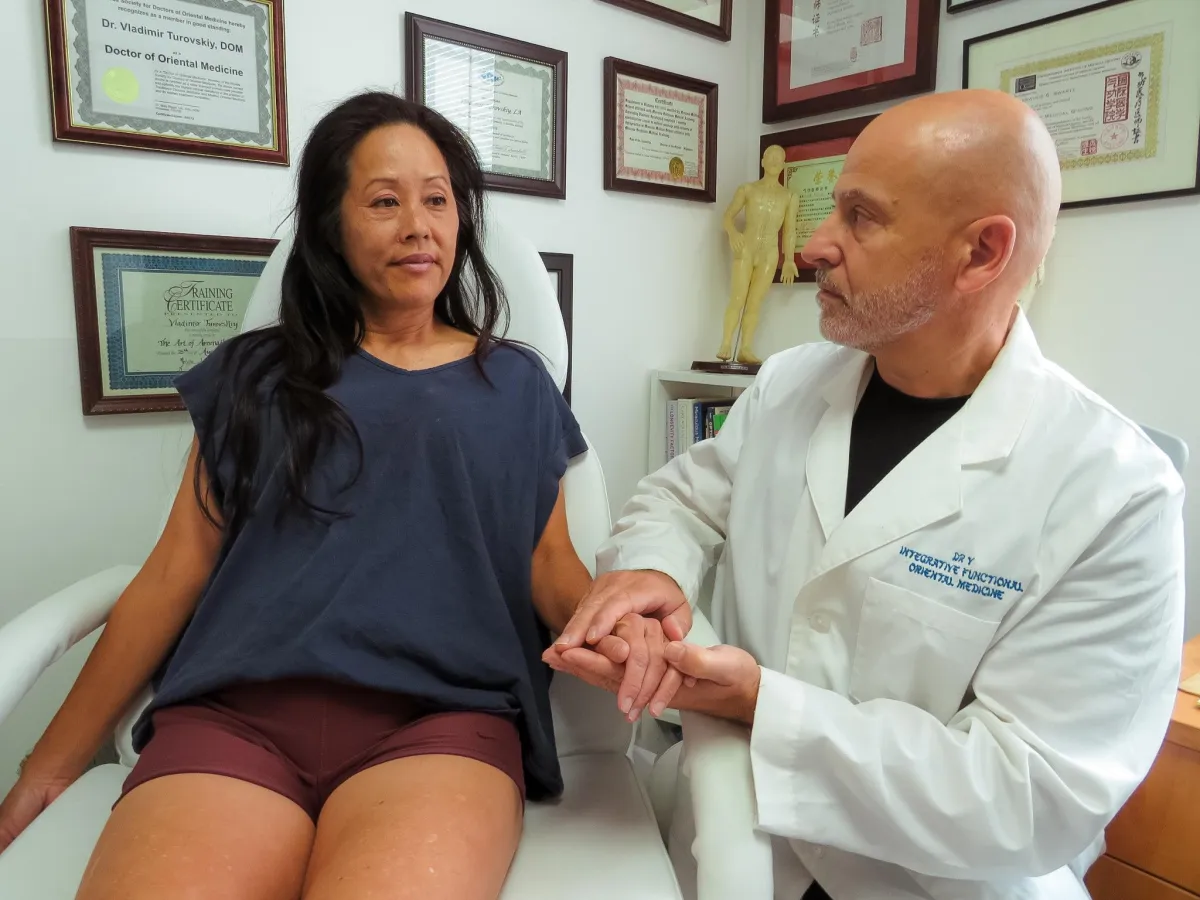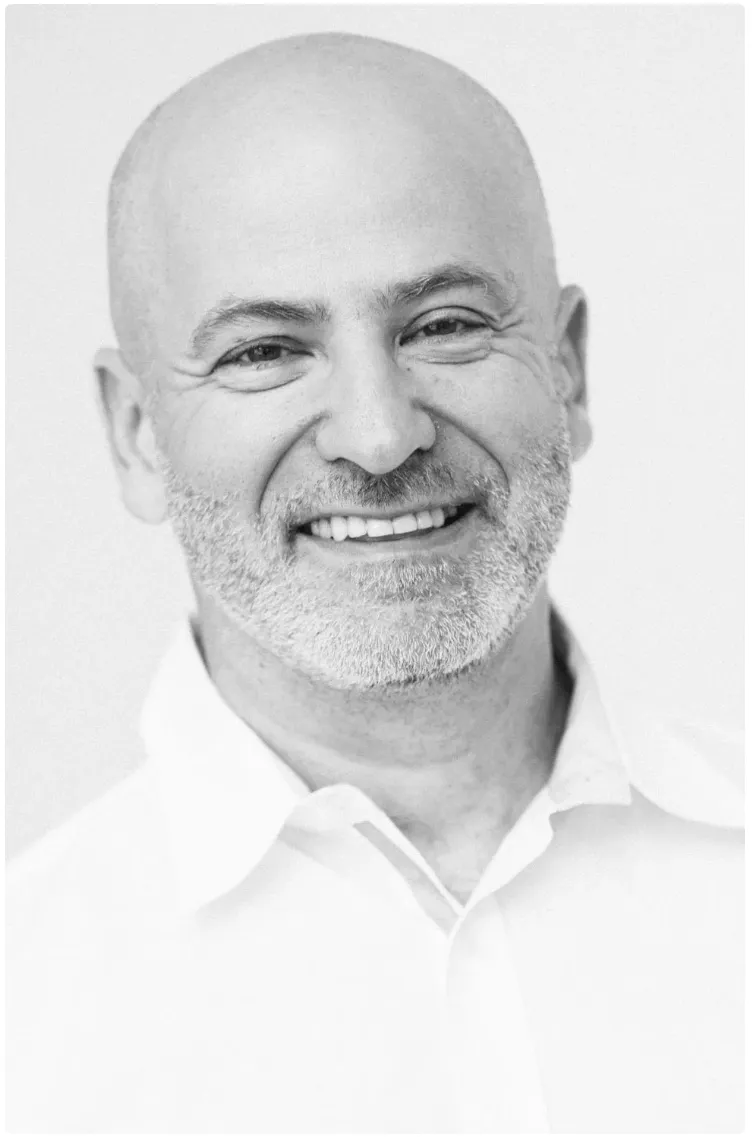Hallandale, Aventura, Fort Lauderdale, Boca Raton
Effective Solutions for Anxiety, Depression, Chronic Pain, and Insomnia.
Join Thousands of Patients Finding Relief Through Integrative Functional Solutions.


Holistic Healing With Dr.V
Experience holistic healing at Dr. V Clinic, where ancient acupuncture and Oriental Medicine traditions meet 21st-century medical technology. Serving Hallandale, Fort Lauderdale, and all South Florida, our integrative clinic offers:
-
Advanced Pain Relief Treatments
Laser therapy, electromagnetic therapy & far-infrared technology
-
Modern Diagnostics
Computerized energy analysis, advanced hormonal neurotransmitter, genetic and other precision diagnostic methods -
Traditional Healing
Acupuncture, herbal medicine, and manual therapy
-
Whole-Person Wellness
Homeopathy, clinical hypnotherapy, and nutrition counseling
Discover your path to lasting wellness where cutting-edge solutions like non-invasive laser therapy and targeted electromagnetic treatments enhance time-tested healing practices. Visit our Fort Lauderdale and Hallandale clinics for truly integrated care.
Why Choose Dr. V?
Dr. V’s expertise in integrative and functional medicine has been trusted by members of two presidential families, leading international business figures, professional athletes, and well-known public personalities. His clinical approach is grounded in evidence-based protocols tailored to high-performing individuals seeking discreet, results-driven care.

Dr. Vladimir Turovskiy
Founder of Dr. V Clinic
“You can continue to rely on temporary solutions to suppress your pain, anxiety, to try to knock you out in the evening and try to boost you in the morning and afternoon – This is not a permanent resolution and comes with a price. Or you can turn to the comprehensive approach of integrative medicine and experience significant improvements in your entire condition.”
-
Predictable Outcomes
-
Clear Timelines
-
Guaranteed Results
-
Happy Patients
Featured In
Why Mask Symptoms with Temporary Fixes?
The Short Term Cycle
Pain suppression
Morning stimulants – afternoon burnout
Recurring costs diminishing returns
VS
Dr. V's Integrative Solution
Address root causes, not just symptoms
Sustainable pain/anxiety relief
Natural energy restoration
Whole-body wellness
Experience what 93% of our patients achieve: Significant, lasting improvement through evidence-based integrative medicine. Your permanent resolution starts here!




















